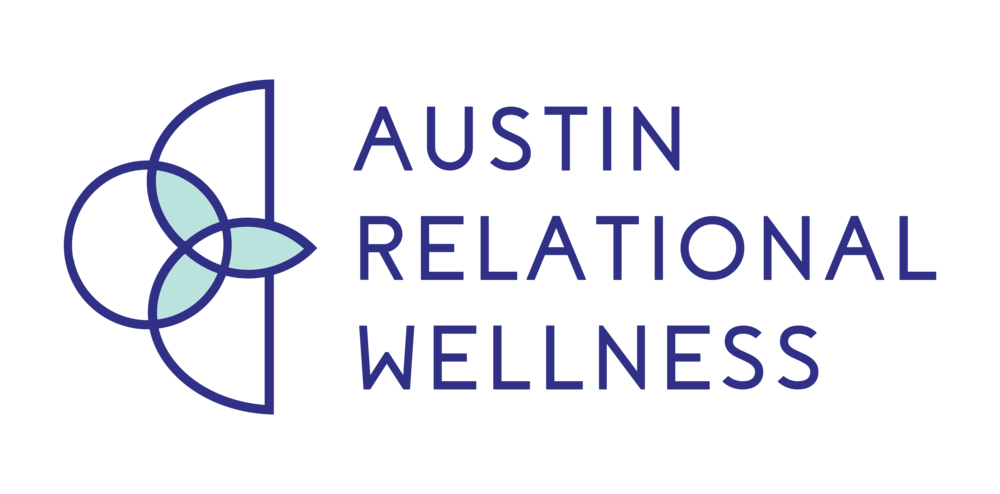Intimacy is one of the most important aspects of a healthy, fulfilling relationship—yet it is also one of the most complex and sensitive topics couples navigate. Whether you are facing emotional disconnection, differences in sexual desire, or challenges in physical closeness, discussing intimacy concerns in couples therapy can be a transformative step toward deeper connection and understanding. If you and your partner are considering couples therapy to explore intimacy, here’s what to expect and how to approach this important conversation.
Understanding Intimacy Beyond the Physical
When many couples think about intimacy, they often focus on the physical or sexual aspects. While physical closeness, including sex, is a key component, true intimacy extends beyond the bedroom. Emotional intimacy—feeling seen, heard, and valued by your partner—is just as essential. Many couples struggle with intimacy because emotional barriers, unresolved conflicts, or external stressors make it difficult to connect on a deeper level.
Creating a Safe Space for Vulnerability
Talking about intimacy can feel uncomfortable, especially if past conversations have led to misunderstandings or hurt feelings. One of the biggest benefits of couples therapy is the creation of a safe, neutral space where both partners can express their thoughts and feelings without fear of judgment or blame.
A couples therapist helps facilitate these conversations with care, ensuring that both partners feel heard and understood. Couples therapy is not about taking sides but about fostering open, honest communication that leads to mutual growth and healing.
Identifying and Overcoming Barriers
Many factors can contribute to intimacy concerns in a relationship. Some common barriers include:
Unresolved conflicts – Lingering resentment or unspoken frustrations can create emotional distance.
Mismatched desire levels – Differences in libido or sexual needs can lead to feelings of rejection or pressure when discussing sex.
Past trauma or negative experiences – Previous experiences, whether from childhood or past relationships, can shape one’s comfort level with intimacy.
Life stressors – Work, parenting, financial stress, or health concerns can impact emotional and physical connection.
In couples therapy, we work together to identify these barriers and develop strategies to address them in a way that feels safe and supportive for both partners.
Rebuilding Connection Through Communication
A major focus of intimacy work in couples therapy is improving communication. Many couples struggle to talk about their needs and desires because they fear rejection or conflict. Couples therapy can help provide tools to communicate in ways that foster connection rather than distance.
Some techniques that can be helpful include:
Using “I” statements – Expressing feelings in a way that focuses on personal experience rather than blame (e.g., “I feel disconnected when we don’t spend quality time together” instead of “You never make time for me”).
Active listening – Truly hearing and validating your partner’s feelings before responding.
Reframing intimacy as a shared experience – Approaching intimacy as a journey you are on together, rather than an obligation or expectation.
Taking Small Steps Toward Greater Intimacy
Intimacy is not something that changes overnight, but small, intentional actions can make a significant impact. Therapy often includes guided exercises or homework assignments that encourage couples to rebuild their connection outside of sessions. This might include non-sexual touch, expressing appreciation more frequently, or scheduling intentional time together without distractions.
By approaching intimacy as an evolving process, rather than a problem to fix, couples can cultivate a deeper, more fulfilling connection over time.
Is Couples Therapy Right for You?
If you and your partner are struggling with emotional or physical intimacy, seeking couples therapy is a proactive and compassionate step toward understanding each other more deeply. No matter where you are in your relationship, therapy can provide the tools, support, and guidance needed to foster a healthier, more connected partnership.
Intimacy concerns are normal in long-term relationships, and addressing them with openness and curiosity can lead to greater closeness and fulfillment. If you’re considering couples therapy, know that you’re not alone—and that meaningful change is possible with the right support.
Article by Licensed Couples Therapist, Emily Ilseng, MA, LMFT
Offering Austin Couples Therapy, Marriage Counseling & Individual Therapy for Relationship Issues



































































